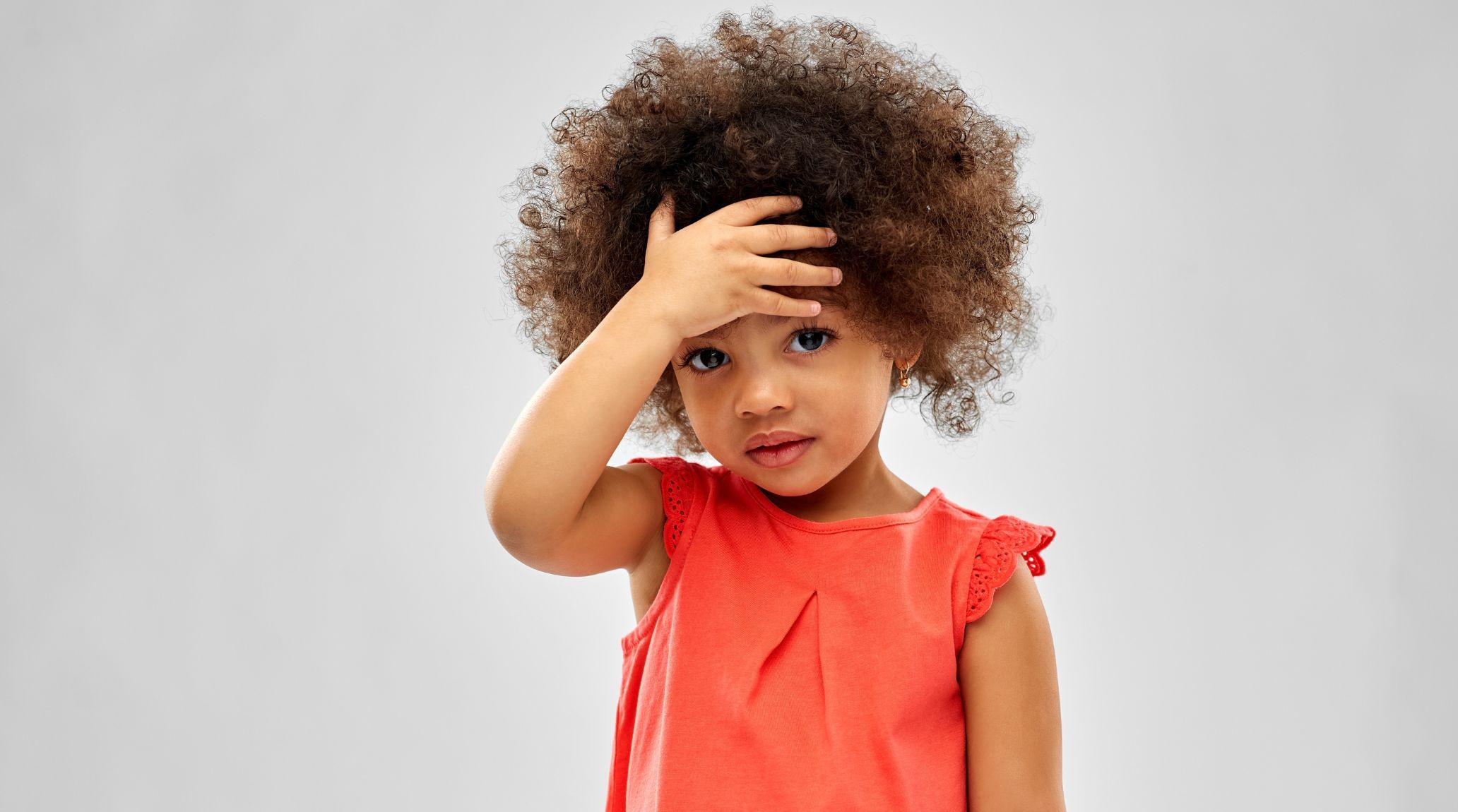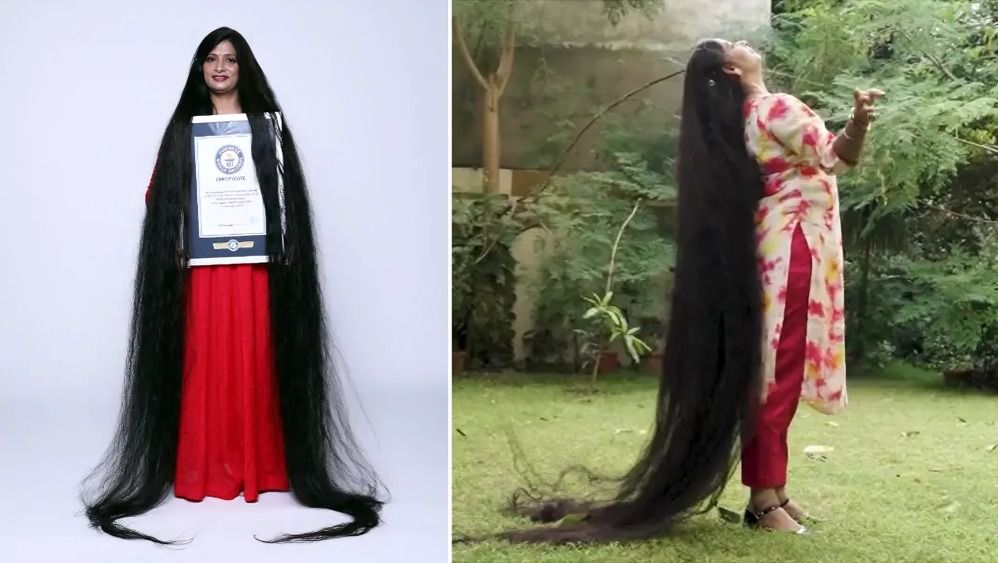
“
This blog delves into the captivating world of hair, uncovering its remarkable growth process, diverse colors, and unique textures. Explore the surprising science behind each strand, from how hair grows to the factors influencing its appearance. Discover fun and educational facts that highlight what makes our hair so fascinating and essential, and gain a deeper appreciation for this incredible feature of our bodies. Join us on this journey to unravel the mysteries of hair and learn what truly makes it special.1
1
”
Each strand of hair can contain traces of up to 14 elements, including gold. This fascinating characteristic underscores how hair reflects the intricate chemistry of our bodies, revealing the diverse range of elements present in even the smallest of biological samples. 1
In 1950, only 5% of women dyed their hair, reflecting a modest trend in hair coloring. Today, that number has skyrocketed to 75%, showcasing a dramatic shift towards hair dyeing as a popular and widely accepted practice. 2
Recent hair transplant advancements involve AI-assisted planning, advanced graft harvesting, and Platelet-Rich Plasma (PRP) therapy. These enhance personalized treatments and promote better healing and hair growth after transplantation. 3
The longest hair ever recorded on a man belonged to Swami Pandarasannadhi of the Tirudaduturai monastery in Madras, India, measuring 26 feet (7.9 meters) in 1949. For a teenager, Nilanshi Patel of India grew hers to 6 feet 6 inches before donating it to a museum in 2021.4
The initial hair transplant, using single scalp hairs, was conducted in Japan in 1939. Subsequently, the "plug" technique was developed, involving larger hair tufts. However, to reduce the visibility of transplanted hair, surgeons later adopted mini- and micro-grafts. 5
The first hair products specifically designed for African-American hair were created by Madam C.J. Walker, who also became the first African-American woman to achieve millionaire status. Her innovations revolutionized hair care and set a groundbreaking precedent in the industry. 6
A single, healthy strand of hair is surprisingly strong and can withstand approximately 6.5 pounds of force. This impressive strength demonstrates the durability of hair and its remarkable capacity to endure significant pressure without breaking. 7

Smita Srivastava from Uttar Pradesh, India, holds the world record for the longest living hair, measuring 236.22 cm (7 ft 9 in). At 46, she has grown her hair since age 14, inspired by her mother and 1980s Hindi actresses.
The term "shampoo" originates from the Hindu-Urdu word "champna," which means "to knead" or "to massage." This reflects the historical practice of massaging the scalp during hair cleansing, highlighting the roots of modern hair care. 8

Real-life Rapunzel Aliia Nasyrova from Ukraine turns heads with her stunningly long hair, which measures 257.33 cm (8 ft 5.3 in). This impressive length officially earns her the record for the longest hair on a living woman, revealed on Italy's Lo Show dei Record.
Throughout his life, a man will spend approximately 5 months shaving. This considerable amount of time underscores the significant role that shaving plays in daily grooming routines and one's care. 9
Women dedicate around 2 hours each week to styling their hair. This consistent time investment highlights the importance of hair grooming and its significant role in their daily beauty routines. 10
Hair growth may accelerate in warmer climates. The increased temperatures and exposure to sunlight can stimulate hair follicles, potentially leading to faster growth rates. This effect highlights how environmental factors can influence the speed of hair growth 11

Stephanie, an indigenous circus performer from Fort Collins, Colorado, set a remarkable Guinness World Record on November 10, 2022. She held an astounding 125.7 kg (277.121 pounds) while suspended by her hair, showcasing incredible strength and skill.
On average, women’s hair is about half the diameter of men’s. This significant difference in thickness highlights a notable distinction between genders in hair texture, contributing to diverse hair growth and appearance patterns. 12
Spotting hair in the drain is nothing to worry about because it's completely normal! On average, we naturally shed between 50 to 100 hairs daily, which is a regular part of hair growth and renewal. 13
The first successful hair transplant to treat baldness occurred in 1952, performed by Dr. Norman Orentreich in New York. This groundbreaking procedure challenged the belief that transplanted hair wouldn't survive and marked the beginning of modern hair restoration. 14
Each thick strand of a polar bear’s hair is hollow and reflects light, making the bear appear white. Beneath this transparent fur, the skin is black, which helps soak up warmth from the sun and keeps the bear as warm as possible. 15
Fewer than 4% of the world’s population has natural red hair, making it a rare and distinctive trait. This low percentage highlights the unique genetic factors that produce red hair, contributing to its special allure. 16
Hair is frequently used in forensic investigations because it reveals detailed information about substances in your bloodstream, such as medications, drugs, and vitamins. However, the only characteristic that cannot be determined from a hair strand is a person's sex. 17


